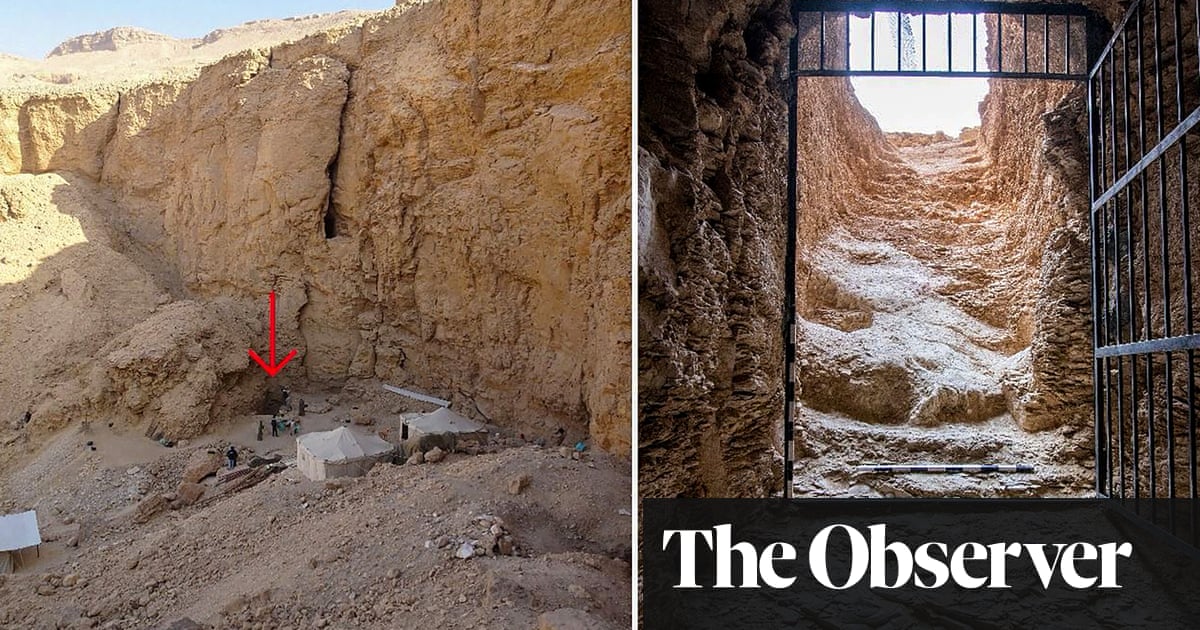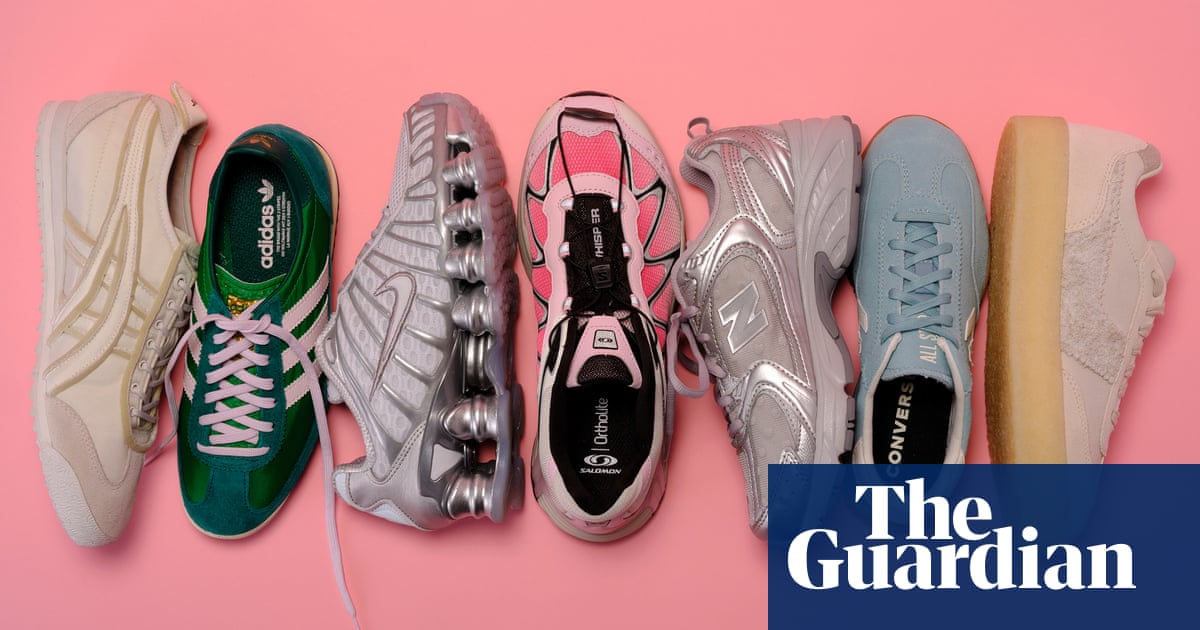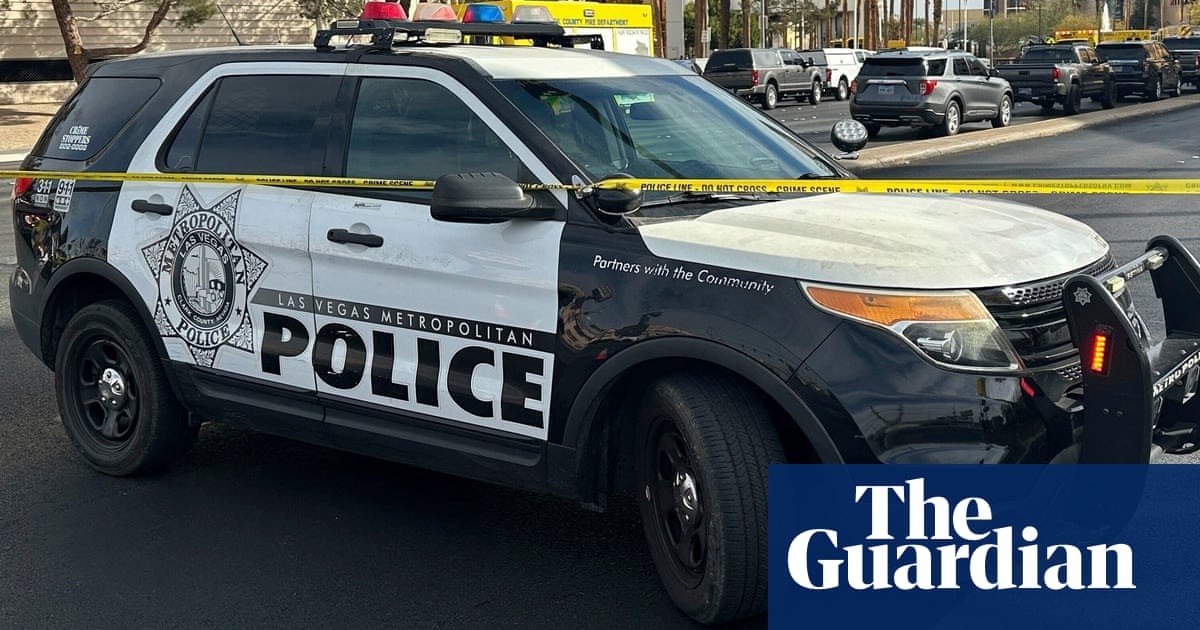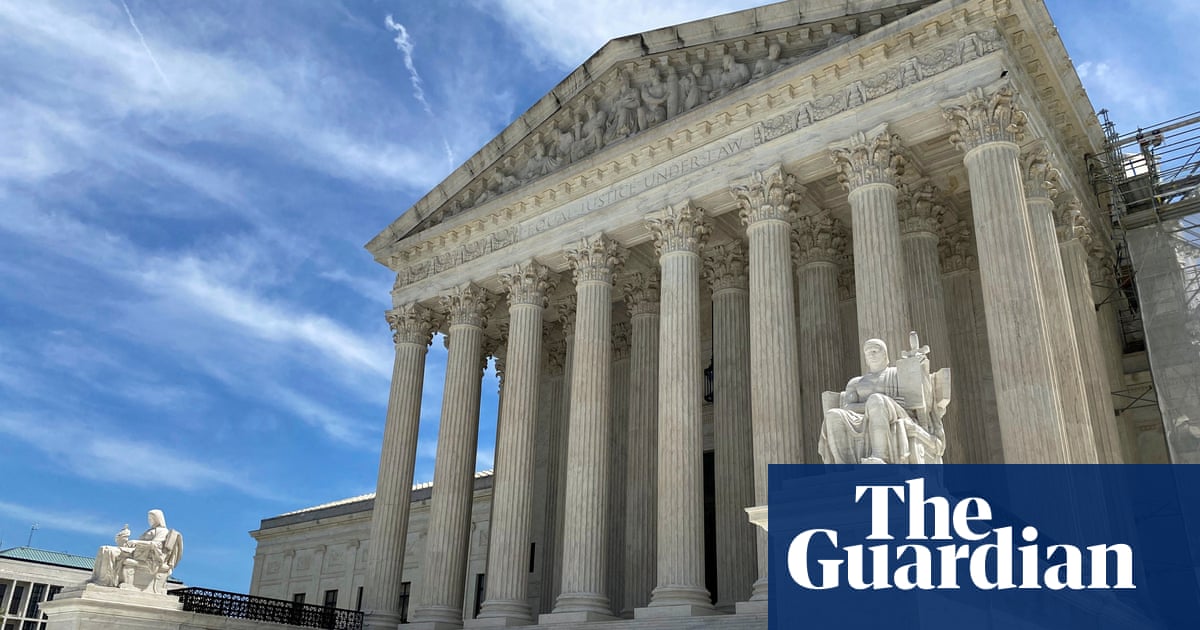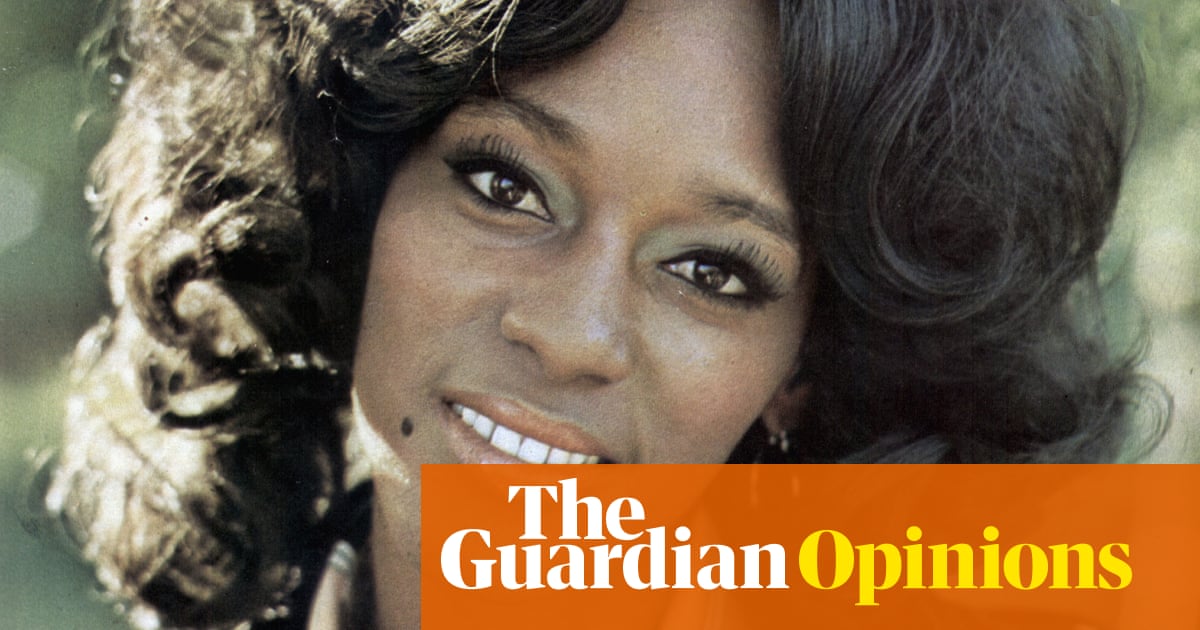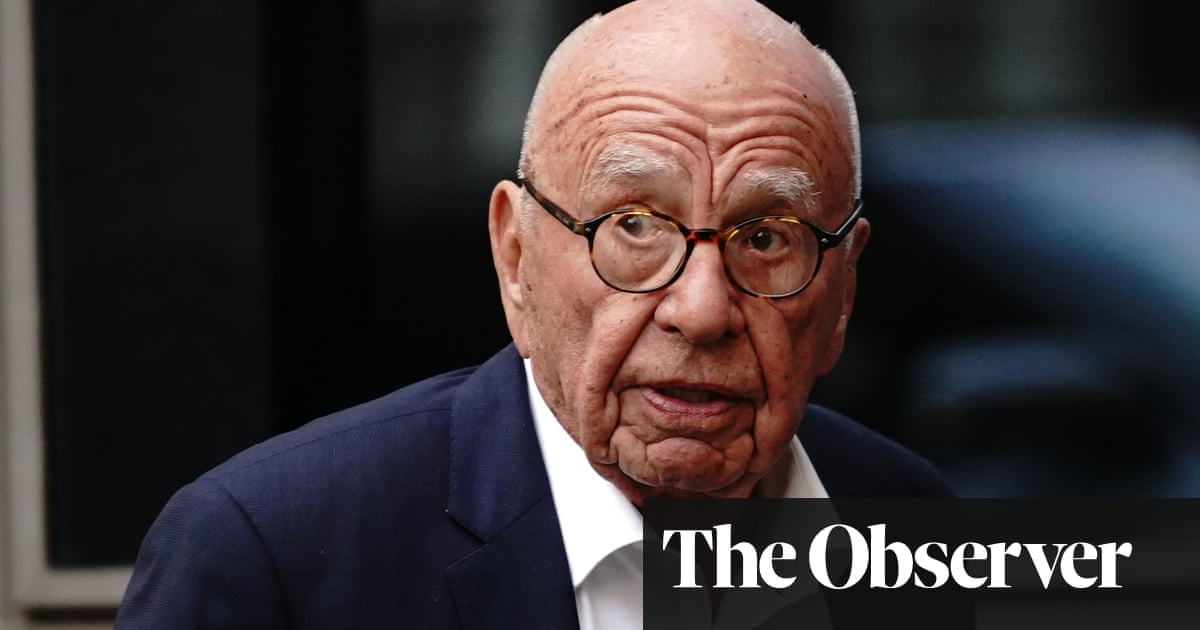Five years ago, the creative director Michael Goldberg was working from home when he spotted a reference to Luna Luna on an obscure website. “I may have yelled on my couch,” he laughs now.
Goldberg had chanced upon the lost world of Luna Luna, an avant garde “theme park” staged in Hamburg in 1987, created by the artist André Heller, which featured surreal and playful rides designed by the great and the good of the art world. It included a ferris wheel by Jean-Michel Basquiat, a carousel by Keith Haring, a swing ride by their fellow 80s New York name Kenny Scharf, a funhouse by Salvador Dalí, a glass maze by Roy Lichtenstein and an entranceway by the abstract art pioneer Sonia Delaunay, to name a few.
Goldberg couldn’t believe he was only just discovering Luna Luna. “I started calling people that I knew and respected in art, asking them if they had heard of it, and four people in a row told me no,” says Goldberg. As someone steeped in pop culture, who has worked with brands including Nike and Beats By Dre, he immediately saw the wonder of the project, and the commercial opportunity in reviving the idea: “I felt that Luna Luna was this incredible spectacle that had integrity.”

-
Top: The carnival is reconstructed. Bottom: Luna Luna Carousel in Los Angeles.

“If you put writers in a room, I don’t think they could come up with a more remarkable story,” grins Goldberg on a Zoom call. “You have this incredible character André, pulling off a miracle, and letting it slip out of his hands. Then, it is forgotten for 35 years, and somehow it is being reintroduced to the world.”
A resurrected Luna Luna opened in Los Angeles in 2023, and this week it arrives at the Shed in New York City.
Forty years ago, Luna Luna’s curator Heller was drawn to the democracy of an idea that goes beyond the art gallery. A Swiss-born artist who had also worked as a circus performer and a singer-songwriter, he had a pipe dream inspired by visiting old-fashioned theme parks as a child (sometimes called “luna parks”). The original concept, he told the New York Times, was meant “to build a big bridge between the so-called avant-garde – the artists who were a little snobbish sometimes and didn’t connect with the masses – and the so-called normal people”.

-
At the opening of Luna Luna in Los Angeles, 2023.
Heller was patient. Delaunay was the first artist to sign on in 1979, just before her death, and her work became his calling card. In 1985, Heller received a grant of about $350,000 and began to court the other artists on his wishlist. Only John Cage refused.
About 300,000 people visited the first outing in Hamburg in 1987 but after financial wranglings stymied the world tour, the project stalled and the pieces were packed up and stored in a warehouse in Texas.
This is where Goldberg found himself in 2021, hoping the artwork wasn’t damaged and his reimagined Luna Luna could get off the ground. By some miracle, the artworks were unscathed. Luna Luna 2.0 was born, with a new team – the rapper Drake financed the resurrection through his company DreamCrew, purchasing the storage crates “sight unseen” to the tune of $1m. (Heller is no longer involved, after it was revealed in 2022 that the artist had faked a Basquiat painting that was valued at $3m. He later claimed it was a prank.)
The history of Luna Luna is told at the Shed in video footage – including the moment the crates were first opened. “Whenever I rewatch it, I get this jagged nervousness of my stomach,” says Goldberg, “because I remember pacing back and forth that day thinking: ‘Did I lead this company who I really respect to spend millions of dollars on a pile of dust?’”
Goldberg’s crate discoveries are displayed in the Shed’s cavernous 17,000sq ft space – to create an art exhibition meets carnival experience.

-
Above: Basquiat designs his ferris wheel. Below: Visitors in line for Jean-Michel Basquiat’s painted ferris wheel at Luna Luna in Hamburg, Germany, 1987.

Jacob Cohl, the executive producer of Luna Luna, says installing the exhibition has presented challenges he hasn’t faced before. “The biggest is putting together carnival rides from the 1980s and earlier. The [Basquiat] ferris wheel is a wooden ferris wheel from the 1930s,” he says. “Then you combine that with the fact that they’re valuable works of art that need to be really cared for.” Some of them have 40-year-old bolts holding them together. While the rides do still function, they’re too fragile to be used as many were in 1987.
If LA was the debut for this incarnation, New York is perhaps its rightful home. “Warhol connected André to Roy Lichtenstein, the first artist that he met in New York,” says Goldberg. “And Roy Lichtenstein was like: ‘Oh, you’ve got to meet with David Hockney.’ He also, through Warhol, gets connected to Keith Haring. Through Keith Haring, he meets Kenny Scharf who introduces him to Basquiat. From a cultural standpoint, those five artists [are] a core part of what makes Luna Luna so special.”
The 1980s downtown New York artists – Basquiat, Haring and Scharf – might be the biggest draw for Luna Luna partly because they are ubiquitous in street art, retail and pop culture around the world.

-
Top: Roy Lichtenstein in his New York studio. Bottom: A performer in front of Roy Lichtenstein’s Luna Luna pavilion.

Henry Carroll, author of the new book The 1980s: Images of a Decade, says the celebration of these artists could also be seen as a nostalgia for the city.
“I think people love that era of New York because to visit New York now it’s quite depressing to see how it’s being bought out by CVS on every corner,” says Carroll. “There’s a sort of mourning for the loss of what it was back then, when artists were able to do these things.
“Keith Haring encapsulates the convergence of cultures [in the 80s],” he says. “He has hip-hop, street art, break dancing, activism, gay identity, the inclusivity thing. He’s a one-stop shop of 80s New York.”

-
Top: Kenny Scharf painted chair swing ride in Luna Luna in Hamburg, Germany in 1987. Below: Kenny Scharf with his painted chair swing ride.

The entry prices for Luna Luna reflect the new New York: $44 for an adult on a weekday, rising to $64 at the weekend and $35 for a child. One review of the LA show asked if the pricing bands excluded the people who would benefit the most from viewing it. “We do everything we can to keep costs down and make it as accessible as possible,” says Goldberg.
Ultimately, Luna Luna sounds more like a concert or a festival space than a conventional art show. Cohl evangelises about the different elements. “Both [Haring’s carousel and Scharf’s swing ride] are over 30ft tall. Every cubic meter of this space is used up.” There will be an original soundtrack by “some pretty well-known artists contributing music that has never been heard before”. This will feature alongside installations by new artists and “characters roaming throughout the space, interacting with the audience”. It is, he says, “more than just an exhibition”.
Luna Luna could be seen as part of a wider trend toward more Instagram-friendly, immersive art “experiences” – from the Japanese conceptual artist Yayoi Kusama’s mirror rooms (so popular that there were more than 10,000 people queueing for tickets online for the show at London’s Tate Modern in 2021) to the Van Gogh Immersive Experience, which projects the Dutch artist on the walls of a circular room. Both Cohl and Goldberg are sniffy about this trend. “Luna Luna is timeless; this is not immersive Van Gogh,” says Cohl. “These are one-of-a-kind pieces by legendary artists.”

-
Top: Keith Haring paints his carousel. Bottom: Luna Luna in Los Angeles.

For Haring, this project was undoubtedly a labor of love. “There’s amazing footage of Keith where he says: ‘The second that André reached out, this was like a dream to me, because it’s been something that I’ve been thinking about since my first visit to Disney World,’” says Goldberg.
Gil Vasquez, the executive director of the Keith Haring Foundation, backs this up. “As you can imagine, this artist who is known for having a great connection with children and in touch with his own inner child, this was a no-brainer for him,” he says.
Vasquez says Haring would be “tickled pink” with the resurrected Luna Luna, with one quibble: “He would probably be disappointed that kids couldn’t ride the rides. It’s like showing them candy at Halloween but saying you can’t eat any.”

 3 months ago
63
3 months ago
63


